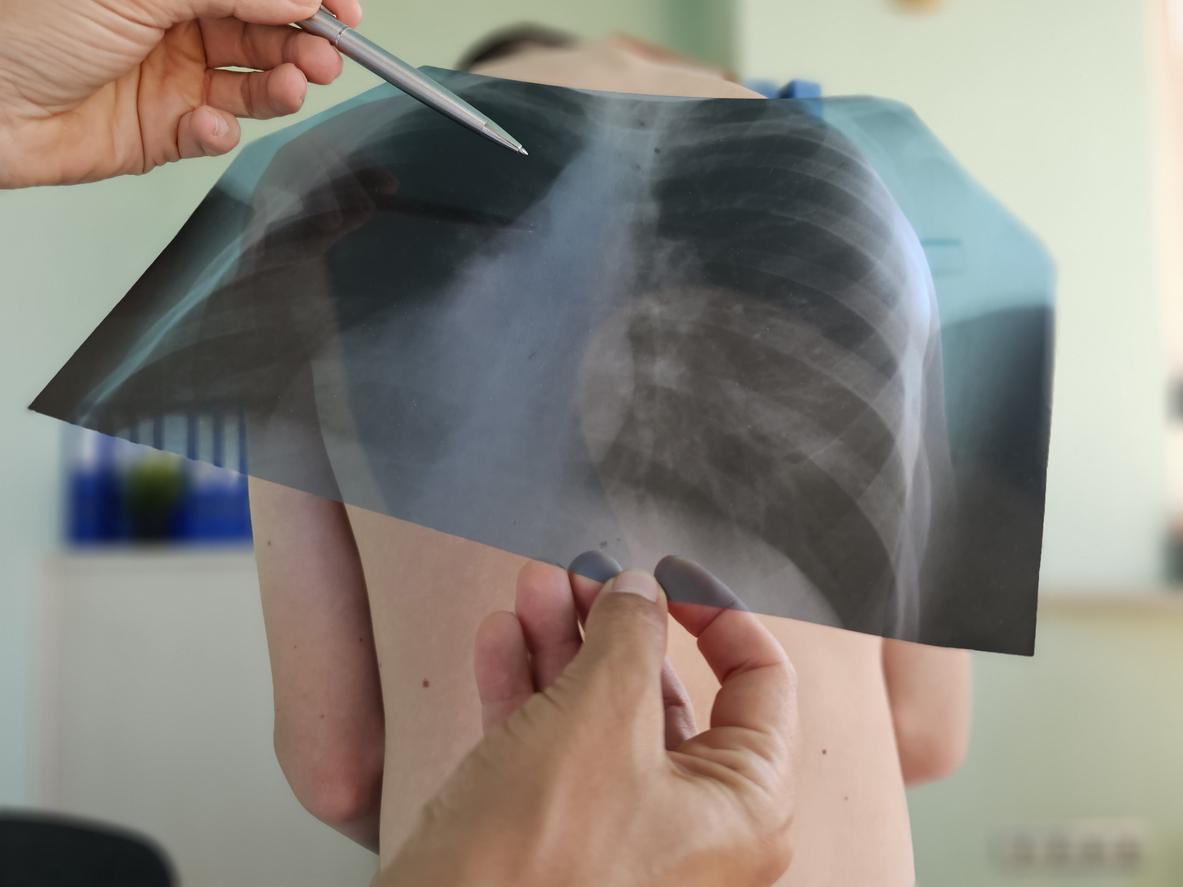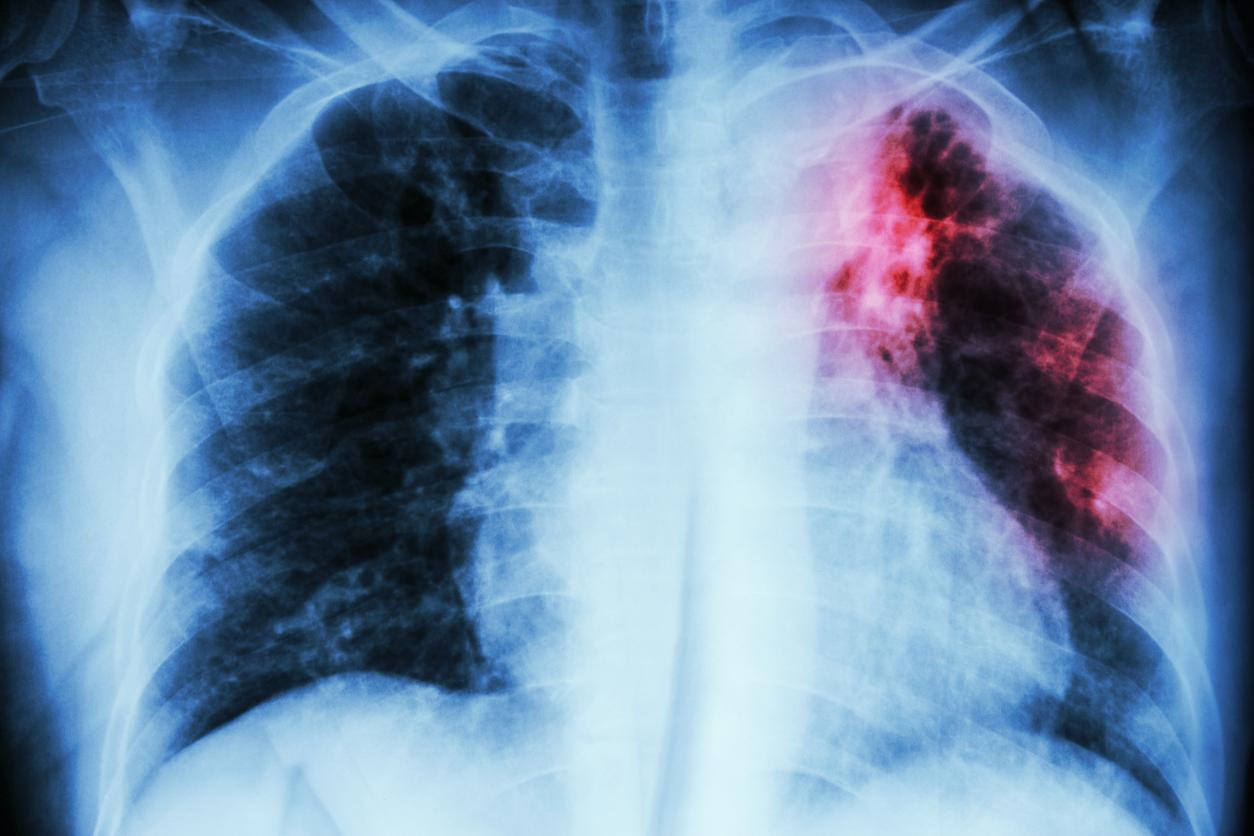Tuberculosis is an airborne infectious disease that can be cured or even prevented. Yet nearly 155,000 people still contract it and 10,000 die from it each year in 33 different countries. For to struggle against against this scourge, the World Health Organization (WHO) outlined a plan to eliminate the disease in countries with fewer than 100 TB cases per million people.
Seven countries in America, three in the Mediterranean and two in the Western Pacific are on the list of the 33 territories concerned. The WHO plans a pre-elimination phase to reduce the annual number of new cases to less than 10 per million inhabitants by 2034. The goal is then complete elimination by 2050.
Target the people who need it most
“Low-burden countries already have the means to dramatically reduce the number of TB cases by 2035,” said WHO Assistant Director-General Dr Hiroki Nakatani. “Universal health coverage, whereby everyone has access to the health services they need without exposing themselves to financial hardship, is the foundation. What remains to be done is to ensure that well-thought-out interventions target the people who need it most.” To support those countriesthe Organization has put in place eight points of intervention that it considers “essential”:
-provide funding and oversight to ensure high quality planning and services;
– take into account the most vulnerable and hardest to reach groups;
– take into account the particular needs of migrant populations and cross-border problems;
-detect active tuberculosis and latent tuberculosis infection in high-risk groups and provide adequate treatment; control outbreaks;
-optimize the prevention and management of multidrug-resistant tuberculosis;
-ensuring continuous monitoring and carrying out program monitoring and evaluation;
-invest in research and new tools;
– support the fight against tuberculosis on a global scale.
“The goal is not reached”
Particular attention will be reserved for the most vulnerable people such as the homeless, migrants, members of ethnic minorities, drug addicts, prisoners and immunocompromised people, for whom access to health services is often difficult.
“Use of powerful antibiotics and improved living conditions have nearly eliminated the disease in many high-income countries. But the goal is not yet achieved. If we make mistakes now, TB could regain ground, including in more resistant forms”, warns Professor Migliori, of the European Respiratory Society. “But if we do the right thing by renewing our commitment to fight the disease, both at home and abroad, eventually TB will no longer be a threat to public health.”
















